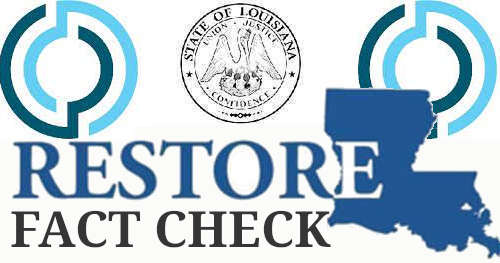By Murray Wennerlund published 11-14-2024 updated 11-14-2024
|
|
|

By Murray Wennerlund published 10-25-2022 updated 4-7-2023
Azw3

By Murray Wennerlund published 10-25-2022 updated 4-7-2023
Azw3
Louisiana Restore Homeowners Program for Hurricanes Delta, Laura, Ida as started sending out your cancellation letters this time by not following HUD training and policy on how to determine your unmet needs assistance by using other resources that estimate your total disaster damages.
Restore LA Email/Letter: "... FEMA inspection was not completed on your property. Per Restore Program requirements, all properties must be determined by FEMA to have major/severe damage."
According to HUD Training the state was informed that the following processes are acceptable when FEMA inspections were not provided to the homeowners.
The Louisiana Restore Homeowners Program has created an environment that most disaster victims will find very hostile. By not following approved damage inspections provided by HUD CDBG-DR and shared via HUD Exchange training to the state it's clear the state is using the FEMA inspection or nothing approach to limit the number of homeowners the program needs to assist. Similar activity was documented during the 2016 floods where some homeowners who actually flooded did not have FEMA inspections because FEMA selected to limit the inspections to specific geographical areas and where more than one homeowner was impacted.
The information above comes from Homeowner Rehabilitation Program Implementation Tool #2 (attached) published on 11/30/2012, 14:48:00, by ICF who are trainers for the policy and process of CDBG-DR programs.
This was downloaded from HUDExchange.Info https://www.hudexchange.info/programs/cdbg-dr/toolkits/program-implementation/
You will need to start collecting your documentation to file a short appeal over state policy that is different from HUD disaster recovery policy. Then you will need to complete an OIG report and email Region 6 management. I will assist with "How to file an OIG report."
Note, FEMA call centers during the 2020 year were providing "Arm Chair" inspections to which homeowners could document damages and provide pictures. If you still have these pictures and your records you will appeal based on the fact you completed an inspection.